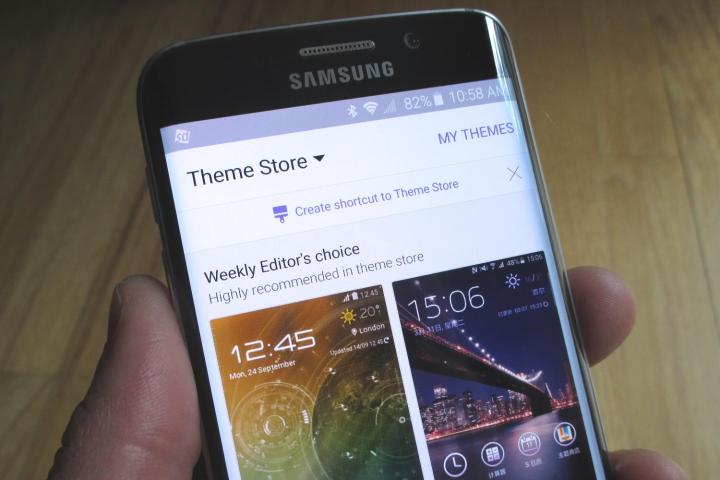
Theme engines allow you to customize the look of your Android phone or tablet’s user interface. This includes the colors of the stock apps such as the Dialer and Contacts, as well as the shapes and colors of all the app icons.
Android M is using Sony’s RRO (Runtime Resource Overlay) theme engine, which was added to the
Up to this point there was no easy way to theme your phone if there wasn’t a built-in themes engine on the device. Users needed to root their device and install a custom ROM, which isn’t for the faint of heart. Unfortunately, the Android M Developer Preview still requires root, but we are hopeful that will change when it’s officially launched in the fall. The big difference is that a custom ROM is not required and users can simply install the Layers Manager to get started. Then it’s a matter of finding various themes to download from Google Play.
It’s still possible that Google won’t offer the themes engine beyond rooted users when Android M moves out of preview. One theory is that Google is doing this to make it easier for manufacturers to implement their own built-in theme engines. That might be the case, but it still shouldn’t stop Google from making it easily accessible to those using a stock
Editors' Recommendations
- Android 15 release date: When will my phone get the update?
- Google just released the first Android 15 beta. Here’s what’s new
- Android phones finally have their own version of AirTags
- Check your Google Pixel Watch right now for two new features
- These are the best Android 15 features you need to know about
